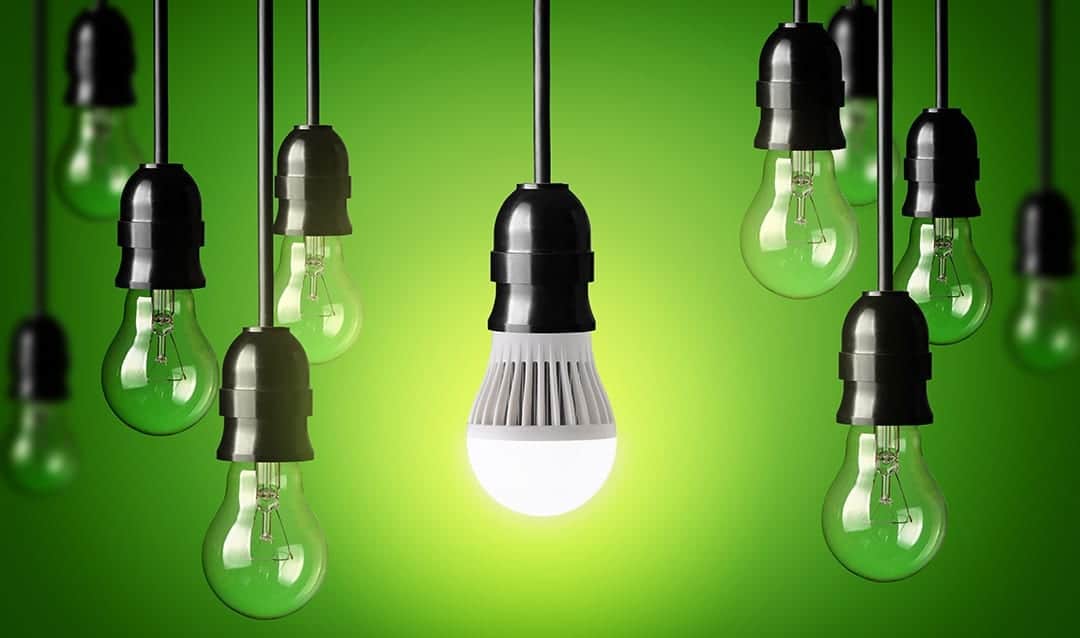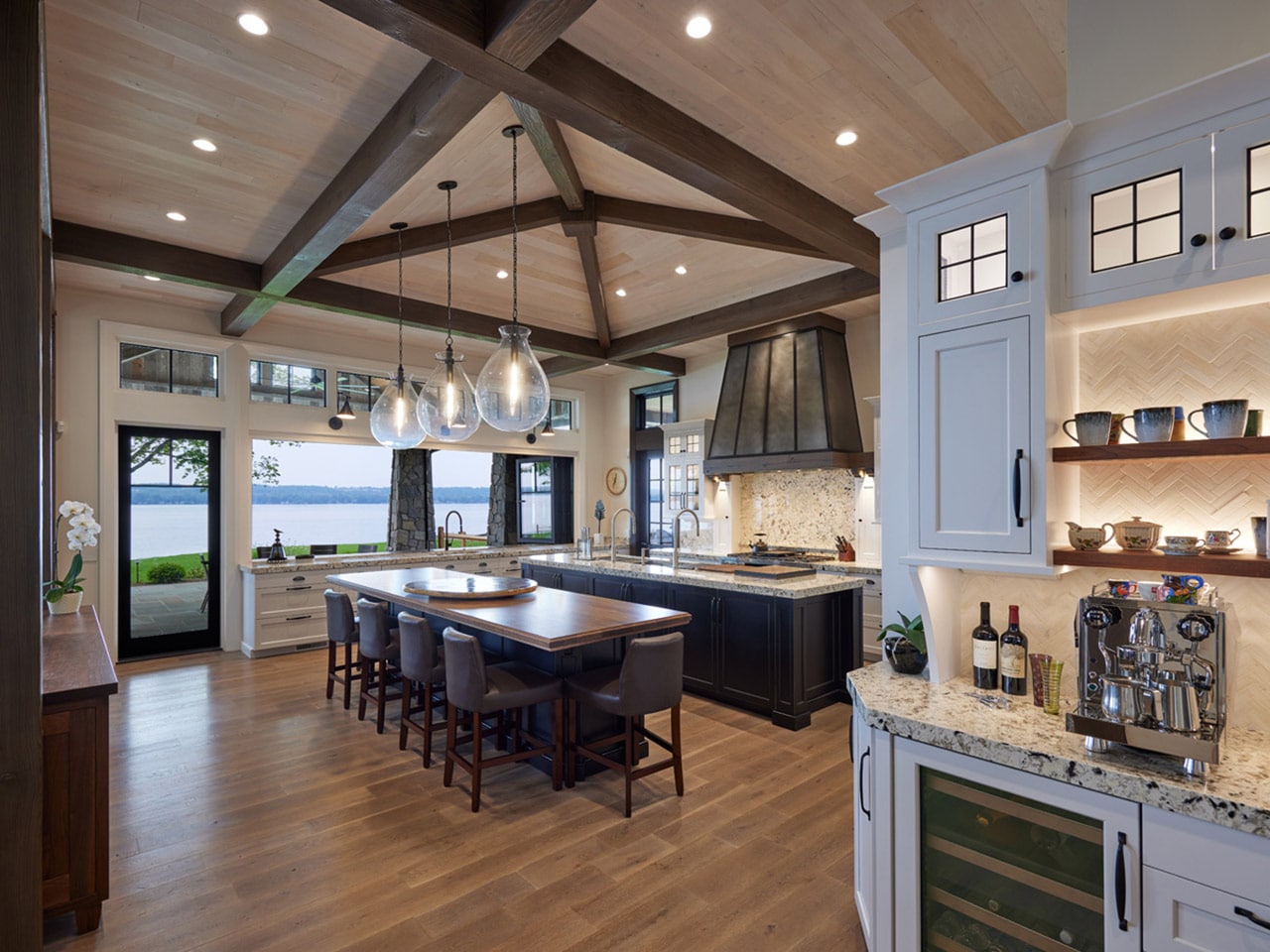The Environmental Center of Bend shares five easy ways to make your home more sustainable.

Here it is—another list to help you reduce your carbon footprint. How many of these lists have you skipped past or skimmed through? Just ponder this for a moment though—the act of doing just one thing. And the impact that one thing will have when an entire community takes action. When you act to reduce your energy use, you are part of something bigger than yourself. To put this in perspective: if every home in Bend were to replace just six low-efficiency light bulbs, our community would save $2.6 million each year. How’s that for making an impact? And that’s just light bulbs. Here are a few things that you can do to do your part—and while you’re at it, see if you can get your friends to do just one thing, too.
1. Install efficient LED light bulbs.
Let’s get you started on something easy! LED bulbs use 80 percent less energy than standard light bulbs. Get up to sixteen installed for free from The Energy Challenge
2. Reduce your hot water usage.
This one doesn’t require you to buy anything. Hot water accounts for up to 20 percent of the average home’s energy use, so by using less hot water, your savings can add up quickly. Think twice about how long the water is running when you’re doing dishes. Consider washing your clothes in cold water. These days, most detergents are just as well-suited to be used in cold water. On top of this, you can get new high-pressure, water-saving showerheads for free when you get your free LEDs.
3. Turn down your water heater thermostat to 120 degrees.
This helps your water heater work a lot less hard. Sometimes this can be tricky. The best bet is to just Google it. If you have what looks like a heavy-duty extension cord going into the top or side of your water heater, it’s electric. If you see a flue or something that looks like a metal chimney, it’s a gas water heater. You’ll need to refine your search based on which type of water heater you have.
4. Take control of your thermostat.
Optimize your heating and cooling by making sure you’re taking advantage of times when you’re not home and setting your AC at a higher temperature. Remember, you only need your home to be comfortable when you’re there. (Note to skeptics: energy audits have proven that it’s more efficient to reheat and cool a home on demand than it is to maintain a consistent temperature.)
5. Consider an electric vehicle.
Yes, this one’s a much bigger move, but hear us out. Make sure you have all the information you need—you may find an EV fits into your life better than you may think. Stay tuned for details on workshops to learn more, Ride and Drive events to take one for a spin and special deals over the summer.
You can find out more on each of these topics and sign up for free LEDs at theenergychallenge.org
Editor’s note: This article was written by Lindsey Hardy, the Environmental Center’s Energy Challenge program director.







